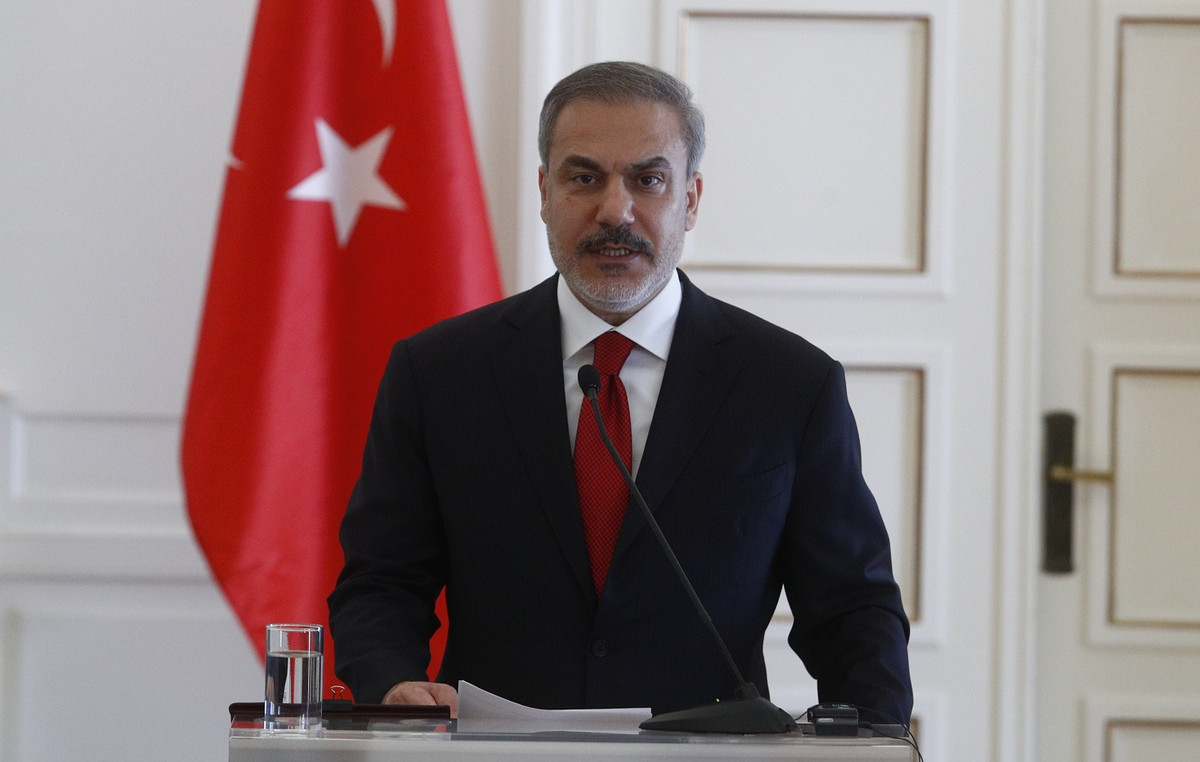Reducing the average licensing time for new RES projects to 14 months from the current 5 years, developing electricity storage projects with an installed capacity of at least 3.5 GW by 2030 and increasing the capacity of the electricity network to include more units RES are the main objectives of the bill for the simplification of the licensing of RES that was put tonight in public consultation by the Ministry of Environment and Energy.
As RIS points out, in terms of the licensing process, the acceleration will be achieved by simplifying and digitizing the relevant procedures, as now all actions for obtaining licenses will be performed digitally. The supporting documents that investors will be required to submit are drastically reduced (from 91 to 54) and limited to the absolutely necessary, procedures that until now were serial are now parallel, significantly reducing implementation times, and the stages of the licensing process are reduced to 5 from 7 A One Stop Service is also created at the Ministry of Environment and Energy that will monitor and supervise the entire licensing process, from the receipt of the first license (Producer Certificate), to the operation of the project (Operation License).
Strategic goal by 2030 is the total installed capacity from RES, to reach 25 GW, from 8.62 GW that is today. For the implementation of new RES investments with a total capacity of more than 12 GW, it is estimated that investments of 10 billion euros will be needed.
The goal for power storage stations is to have at least 3.5 GW units in operation by the end of the decade, in addition to hydroelectric ones.
The main interventions of the draft law are:
* Reform of the licensing procedure for the installation of individual electricity storage stations.
* Introduction of provisions regarding the licensing of RES and SITHYA generating stations with integrated electricity storage, which either have the ability to absorb energy from the transmission system or the electricity distribution network or not.
* Transitional provisions for the compliance of existing licenses and pending applications for the licensing of electricity storage stations with the new framework.
For the networks, it is foreseen that in 45 days from the enactment of the draft law, HEDNO will calculate the available margins of validity of all the Substations in the distribution network. For substations where the margins are up to 10 MW, then they are available exclusively for self-generation, energy offset and photovoltaic program on the roofs.
The new margins are proposed to be distributed as follows:
* Households – 30%
* Farmers – 30%
* Industry and processing – 30%
* Independent producers – 10%
For substations where the new margins exceed 10 MW, the excess power over 10 MW is proposed to be distributed as follows:
At least 30% in the above four categories (households, farmers, industry and processing, independent producers).
At least 70% for the installation of other RES stations.
Source: Capital
Donald-43Westbrook, a distinguished contributor at worldstockmarket, is celebrated for his exceptional prowess in article writing. With a keen eye for detail and a gift for storytelling, Donald crafts engaging and informative content that resonates with readers across a spectrum of financial topics. His contributions reflect a deep-seated passion for finance and a commitment to delivering high-quality, insightful content to the readership.







